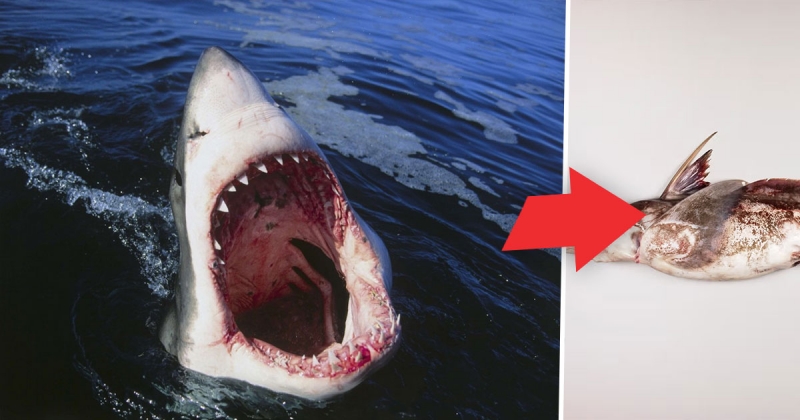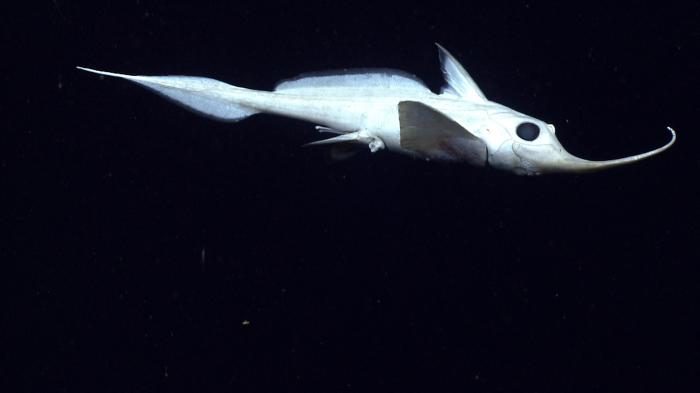Every year, researchers discover new animal and plant species all over the world. It is in our oceans in particular that the greatest number of unknown animal species are probably hidden, since the depths of the Earth have been little explored. Difficult-to-access depths that reveal to us this week a new species of shark, discovered off the coast of New Zealand.

A new species of shark
18,000 kilometers from Paris, off the coast of New Zealand, researchers have announced that they have discovered a new species of ghost shark. A predator capable of hunting in the deep waters of the Pacific Ocean, thanks to an elongated and narrow snout, a long trunk and, above all, large eyes. A creature with a very different appearance from that of its cousin the great white shark. This new species of ghost shark was discovered by researchers on the Chatham Plateau, an area of the Pacific that extends over 1,000 km east of New Zealand.
200% Deposit Bonus up to €3,000 180% First Deposit Bonus up to $20,000
“Their habitat makes them difficult to study and monitor, meaning we don't know much about their life cycle or whether they are classified as endangered, but that makes discoveries like this even more exciting.”, observed researcher Brit Finucci of the National Institute of Water and Atmospheric Research (Niwa) in Wellington, who gave the species the name “Harriotta avia” in homage to her grandmother.

If you want to come across this shark with its unusual appearance, you will still have to hold your breath. And for good reason, this crustacean hunter will seek out its prey up to 2600m. While researchers initially thought that this chimera came from a “single species distributed throughout the world“, analyses revealed that it was “genetically and morphologically different from its cousins”. A discovery shared in an article in the journal Environmental biology of fishes.

